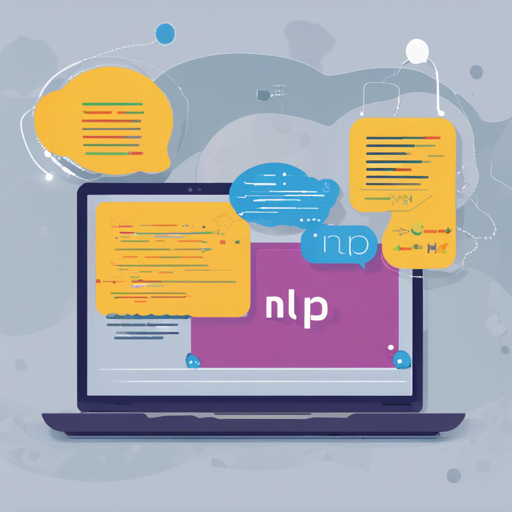Welcome to your guide on how to effortlessly implement Natural Language Processing tools like Part-of-Speech tagging, Named Entity Recognition, and more with the CogComp-NLPy library in Python. Let’s embark on this exciting journey!
Installation
Before we dive into the code, let’s ensure you have everything ready to go. Follow these straightforward installation steps:
- Make sure you have pip on your system.
- Install Cython by running:
pip install cython - Install CogComp-NLPy by executing:
pip install ccg_nlpy - Enjoy your newly set-up NLP tools!
For more details, check out the PyPI website for the project page.
Getting Started
Once the installation is complete, let’s see how to use the library. Here’s a simple way to run the system:
from ccg_nlpy import remote_pipeline
pipeline = remote_pipeline.RemotePipeline()
doc = pipeline.doc("Hello, how are you? I am doing fine.")
print(doc.get_lemma) # will produce: (hello Hello) (, ,) (how how) (be are) (you you) (. .) (I I) (be am) (do doing) (fine fine)
print(doc.get_pos) # will produce: (UH Hello) (, ,) (WRB how) (VBP are) (PRP you) (. .) (PRP I) (VBP am) (VBG doing) (JJ fine)
This code snippet initializes the remote NLP pipeline and analyzes the given text, fetching the lemma and Part-of-Speech tags.
Understanding the Code Like a Restaurant Visit
Think of the NLP pipeline as your favorite restaurant. When you place an order (the input text), the waiter (the function call) takes it to the chef (the pipeline), who then prepares your meal (the analysis results).
- Your order (text) is passed to the waiter via the
pipeline.doc()method. - The chef then creates the meals (lemma and POS tags). You can ask for specific dishes (results) using
doc.get_lemmaanddoc.get_pos.
Remote and Local Pipelines
CogComp-NLPy provides two modes: remote and local pipelines.
Remote Pipeline
In the remote setting, you send requests off to a server and save your local machine’s memory. However, be mindful of the query limit (currently 100 queries a day). To set up your own remote server:
- Clone the CogComp-NLP Java project.
- Start the server by running scripts from the command line.
Local Pipeline
Your second option is to run everything locally, which allows you to work with pre-tokenized text. Just remember that running it locally demands more memory.
python -m ccg_nlpy download # to download model files
from ccg_nlpy import local_pipeline
pipeline = local_pipeline.LocalPipeline()
document = [["Hi", "!"], ["How", "are", "you", "?"]]
doc = pipeline.doc(document, pretokenized=True)
Troubleshooting Common Issues
Sometimes, things might not work as expected. Here are a few troubleshooting ideas:
- If using the local pipeline, ensure the
JAVA_HOMEvariable is set correctly. - Running Java version 8? You may need to install it via this guideline.
- Encountering errors while processing big documents? Always check for outputs before proceeding with any further operations.
For more insights, updates, or to collaborate on AI development projects, stay connected with fxis.ai.
Conclusion
By following this guide, you can smoothly incorporate advanced NLP tools into your projects and enhance your document analysis capabilities. At fxis.ai, we believe that such advancements are crucial for the future of AI, as they enable more comprehensive and effective solutions. Our team is continually exploring new methodologies to push the envelope in artificial intelligence, ensuring that our clients benefit from the latest technological innovations.

